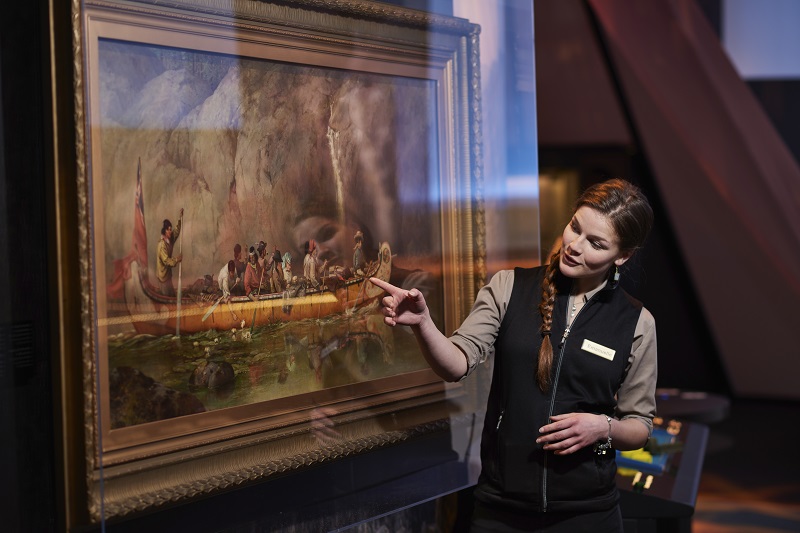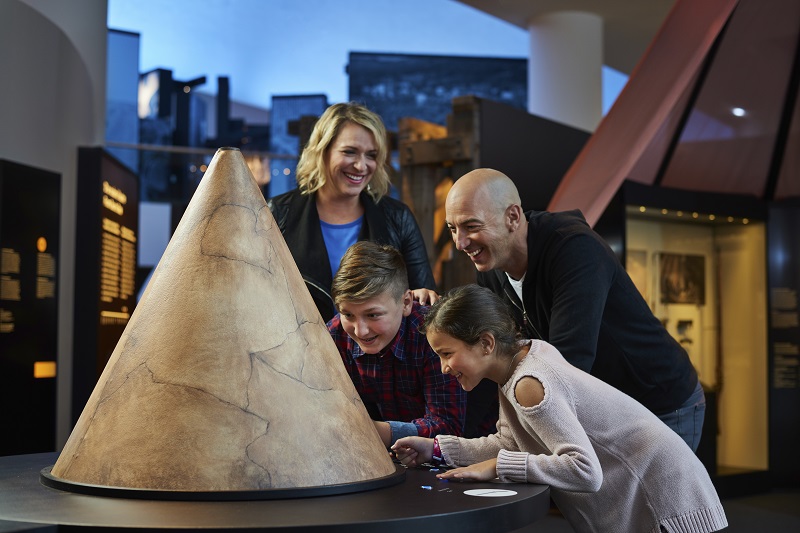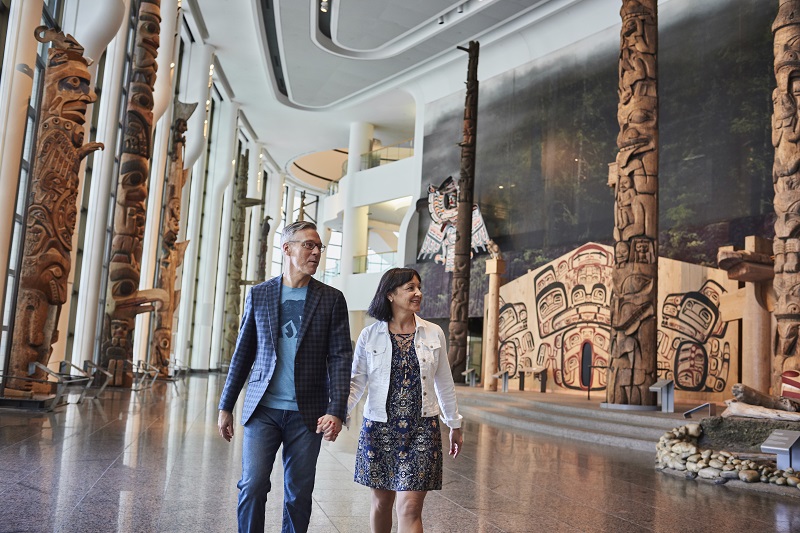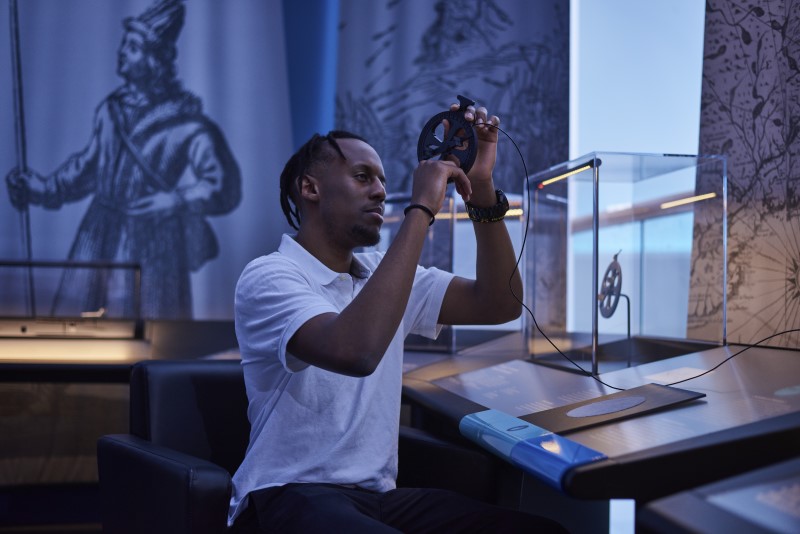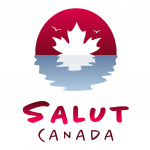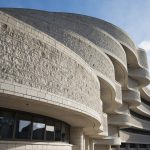Canadian Museum of History
Explore Canada’s rich history and the outstanding achievements of First Peoples.
Marvel at the world’s largest indoor collection of totem poles.
The Canadian History Hall, our signature exhibition, will let you discover the events, personalities and historical currents that have shaped Canada — from time immemorial to the present day. Through authentic artifacts and compelling stories, get a new take on Canada’s ever-evolving history. By sharing stories through multiple perspectives, the Hall celebrates Canadian achievements, while also exploring darker chapters of the past.
Driven by human stories, historical treasures and inspired design, this signature exhibition is a unique place that enables you to discover the richness and diversity of the Canadian experience.
Tour our many international exhibitions, be a kid again at the Children’s Museum and live the ultimate cinema experience at CINÉ+.
To learn more about the explorer Samuel de Champlain, visit the Virtual Museum of New France.
Exploration Along the Ottawa River
The Ottawa River has made a remarkable contribution to Canadian heritage as a route of European exploration. Beginning in the early 17th century, the French followed its waters on their way deep into North America’s interior. Famous French explorers such as Champlain, Brûlé, Vignau, Nicollet, Radisson, Jolliet, Dulhut, De Troyes, and La Vérendrye, as well as British explorers such as Mackenzie and Franklin, canoed the river’s waters on many of the most important European voyages of exploration into North America’s interior.
The story of European exploration along the Ottawa River can be said to have begun with the vision and efforts of Samuel de Champlain. Geographer, explorer, as well as colonizer and founder of Quebec City, where he carried out most of his works, Champlain was the first to publish maps of the Ottawa River and names of topographic features in the Ottawa region as well as in Hull, Pontiac, and Renfrew counties (Kennedy 71). By the time he began exploring the Ottawa River in 1611, he had already sailed the St. Lawrence, explored the mouths of the Saguenay and the Richelieu, and founded colonies in Acadia and Quebec.
Although the Ottawa is often called “Champlain’s River”, Champlain was not in fact the first European to canoe on its waters or to witness its beauties; rather it was Champlain’s emissary, Etienne Brûlé, who deserves the credit. Around 1608, Brûlé was the first European to paddle up the Ottawa at the young age of 19. He is known to have made his way to the Georgian Bay via the Mattawa River by 1611, and was the first European to see Lake Huron (Legget 1975: 31). Unfortunately, Brûlé did not leave any written records of this voyage.
Accompanied by Vignau, Champlain himself first ventured along the Ottawa in 1613. He had been planning a trip up the Ottawa River after encountering Brûlé and a group of Hurons and Algonquins near Lachine in 1611. In addition to following up on Vignau’s reports of a “Northern Sea”, Champlain sought to further extend the French trade in furs already established at Tadoussac, and to learn more about the Ottawa River. Through his thorough written records, we are able to reconstruct his voyages with some accuracy.
The journey was long and arduous. On the way, Champlain nearly lost his life lining his canoe up the Long Sault rapids. With the assistance of additional Algonquin guides, the group traveled along a chain of lakes (via Muskrat Lake) to avoid the most dangerous waters. Champlain, Vignau and the Algonquin guides then went to meet with powerful Algonquin chief Tessoüat at his settlement, probably at Morrison Island (across from today’s Pembroke).
Sites Related to European Exploration
The Rideau Falls: Samuel de Champlain remarked on their beauty in 1613. Later, these falls were harnessed to produce energy for a sawmill and a textile factory.
Jacques Cartier Park: A camp site for First Nations travelers on the river.
Victoria Island (right below Chaudiere Falls in Ottawa). For centuries First Nations Peoples, voyageurs, and explorers rested on this island before making the portage around Chaudiere Falls.
Source: The Ottawa River Heritage Designation Project
member of:
OTTAWA, CANADA’S CAPITAL
Ottawa is Canada’s capital, a dynamic city steeped in culture, with world-class museums displaying stunning national collections and special exhibitions from around the world. Discover Canada’s heritage at amazing national sites, including Parliament Hill and the Rideau Canal.



